Marisa Wojcik:
Welcome to “Noon Wednesday,” I’m Marisa Wojcik, a multimedia journalist with “Here & Now.” Wisconsin Bike Week is coming up and here to talk with us today about all things Wisconsin and all things biking is Jessica Wineberg. She is the Program Director for Wisconsin Bike Federation. Jessica, thanks for being here.
Jessica Wineberg:
Thanks so much for having me.
Marisa Wojcik:
So, first off, what is Bike Week? What’s the goal?
Jessica Wineberg:
Yeah, Bike Week is a weeklong celebration across Wisconsin of all things biking. And because biking is so fun it’s really not only a seven day week, it’s a nice long week from June 2nd to June 9th ’cause we want all the weekend rides we can get in to Bike Week.
Marisa Wojcik:
Going back a little bit, Wisconsin was the very first rail-to-trail. First, what does rail-to-trail mean? Can you tell us a little bit?
Jessica Wineberg:
Yeah, so we’re really lucky in Wisconsin. We have such a great history of bike advocacy, bike infrastructure, and bike riding. So we had the very first rail-to-trail, trail in the country. And now there’s hundreds of miles if not thousands of miles across the country and that’s all about converting abandoned railroad lines into bike trails. So the Elroy-Sparta is the very first one in the entire country.
Marisa Wojcik:
And are we still a leader in bike initiatives?
Jessica Wineberg:
Yeah, sadly we’ve not so much of a leader anymore. We’ve kept doing good things but other places have really upped their game and are doing a lot. So, at different times we were like the number one or number two best state for biking and I think our current rank is 15. So we’re falling, we need to do more and there’s lots of people working hard to make new trails happen, new protected bike lanes, all sorts of things to make it easier for more people to bike.
Marisa Wojcik:
What are the other states doing that we could be doing?
Jessica Wineberg:
It is that states are investing in bicycle infrastructure at a higher rate than Wisconsin is. The current administration here is opting to flex out as much money as possible, out of federal funds that could be used for bike infrastructure. Whereas other states like Michigan, Minnesota are actually adding their own state funds and flexing all the federal money they can to be for biking and walking because they really see the health benefits and economic benefits. For example with Amazon looking at different locations. They really said that having good transportation options is important and that included biking.
Marisa Wojcik:
Oh, so these funds are coming from transportation budgets?
Jessica Wineberg:
Yeah, most of the funds do come from transportation budgets, although once you get to the state level, states could use sales taxes or something like that as well to fund bike trails.
Marisa Wojcik:
Tell us a little about Wisconsin’s bike culture. I think sometimes when we picture a biker, we picture a hipster or a long distance road biker. Is Wisconsin’s biking culture accessible for everybody?
Jessica Wineberg:
Yeah, I think Wisconsin’s bike culture is accessible for everybody and one of the ways that is clear to me is that people just kind of start clubs and start riding events and invite people to go. There’s like every kind of ride you could want and if you go to the Wisconsin Bike Fed website and look up our Bike Week, it gives you really a slice of what are these events that are all across the state. So there might be a Black Girls Do Bike ride in Milwaukee to really encourage African American women to bike, and then there also might be just like an Ice Cream ride in La Crosse that’s really for families and making it accessible in that way. So, there’s lots of cool people making biking happen. And one of the neat things that I’ve seen in Wisconsin and across the country in the last like maybe 10 years is really an explosion in family biking as well as thinking about equity. In fact it is low income or minority people who bike the most. But a lot of people think about people in Micro or higher income people as those who bike the most. But it’s not yet often the best infrastructure. It’s not in the neighborhoods where people really are biking the most. So that’s one of those things that we’re trying to address. But from a cultural standpoint, really everybody likes to bike. We support walking as well and truly everybody likes to walk, can’t even argue with that at all. And so, it’s just fun to see. Sometimes there’s like a Trans club that wants to go and do a Pride Ride. You know, have a group ride to the Pride Fest in Milwaukee, that’s part of Bike Week this year. It can be anything people want it to be. Just freedom on two wheels.
Marisa Wojcik:
Does the state decide how the infrastructure for bike lanes or something is put in or is it like city by city? County by county?
Jessica Wineberg:
So it depends who owns the road who decides what the road looks like. So, when the DOT owns the road, they do decide and when a city does, they do. There’s roads, like University is a state road but it’s right through Madison so the city and the state work together. University is a shining example with a protected bike lane on a really busy street. That was super revolutionary when it went in, I think over 20 years ago? And now other places are doing protected bike lines and that’s one of the examples where like, we were such a great leader but for a few different reasons we haven’t kept up like the big investment and big excitement around biking. And so now other places have more protected bike lanes than we do, even though we were one of the first to put them in.
Marisa Wojcik:
Kind of going off other safety issues, I mean cars are getting bigger? How can we make sure that bikers are safe and is that a concern for people that are creating this infrastructure?
Jessica Wineberg:
Yeah, so biking is really safe. It’s a wonderful activity and actually you probably should wear a helmet taking a shower or going down stairs even more than you should when riding a bike. ‘Cause you have a higher chance of having a head injury from either of those two activities. But we are still really saddened by the fact that there are serious injuries and deaths for people walking and biking. So, there are all these really great infrastructure things that can get built. Like protected bike lanes, which means that there’s a physical barrier between the people biking and the people driving. Neighborhood greenways are a great example of something you can do on a quieter street. It’s kind of trying to make it like a trail but on a side street. And then of course multi-use trails are a good option. But, we can’t build all the infrastructure that we all daydream about. It is too expensive unless we really thought about the health costs and then said hey let’s really build all this because it’s gonna make everybody lose weight and be healthy. But we’re not, we don’t think about things quite like that yet. So because we can’t build our way completely out of it, we should really think about the human behavior aspect and so anyone who drives, we all need to go the speed limit, look for people walking and biking, and yield to them. All pedestrians have the right of way in crosswalks that are marked or unmarked. And bicyclists need to be given at least three feet when you pass them. Just really remembering that we’re a community. We’re all in this world together, we need to look out for each other and whether you’re in a car or on a bike you don’t wanna just think about yourself. We need to protect the people around us. So each of our own actions, choosing to drive the speed limit, telling our friends and family, hey will you drive the speed limit? ‘Cause when I’m out there walking or biking all these people speed and I know it affects my safety. That’s how we can make some community change.
Marisa Wojcik:
Sometimes it’s the us versus them, whether you’re on the bike or you’re driving the car, right?
Jessica Wineberg:
Yeah, people think it’s us versus them but I don’t only ride a bike. Do you only ride a bike or only drive?
Marisa Wojcik:
No.
Jessica Wineberg:
No, I mean right, we’re all people who use different modes for different reasons. But I think there’s something special about cars that you’re just kind of in this box and you’re, it makes you a little bit selfish somehow. And we need to push ourselves when we’re in those cars to remember to follow the laws and treat everyone who isn’t in a protective box with respect and safety.
Marisa Wojcik:
So are a lot of these programming initiatives only in the Madison and Milwaukee area? Or what does biking look like in all parts of Wisconsin?
Jessica Wineberg:
Yeah, so biking is definitely popular all over Wisconsin. People love to go to the driftless region for training and people will say it’s the hardest biking not in mountains that you can do, that it gives you the feeling of mountains even without us having them. Because there’s such great rolling hills. So that’s a pretty cool, special thing people from like a pretty big area come for that. There’s great country roads because of our dairy past. We are really well known for having well paved, very rural, remote roads. So, people love to come and ride here. Especially from Illinois and Minnesota. They’re so close but they don’t have the hills or the nice roads that we do. Biking in Green Bay for example, is really great. There’s an advocacy group there that their leader got voted Citizen of the Year because she advocated with the city to get the bike lanes plowed in winter. And everybody thought that was like the biggest volunteer win of the year. So people really all over the state care about it. And for Bike Week, we do have events all over the state. A bunch in Milwaukee, a bunch in Madison, but then also La Crosse, The Fox Valley, Eau Claire and then some events in other places as well.
Marisa Wojcik:
Any other event highlights that you’re looking forward to?
Jessica Wineberg:
Everyone should go to the Bike Fed website and check out Bike Week. There’s something cool, if you live in one of those main communities. But the events are so cool I would travel in for them. One example is Saris Cycling around Madison is doing bratcakes on the bike path. Where they make you a pancake with a brat in it and give it to you as thank you for commuting to work. So there’s, there’s really fun things. In Milwaukee we have a fun pass with a bunch of cool deals including like free rock climbing for a week if you become a new member. So there’s just a lot of fun things. We’re having a family friendly daytime concert in Milwaukee. La Crosse has Bike to Worship, a bunch of different fun community rides. There’s like Bike Buddy programs where people are trying to meet up and all bike on kind of common corridors together where some people might not know what is the best way from downtown La Crosse to a hospital or something? And work together as fellow commuters to show each other some great roads and have some camaraderie.
Marisa Wojcik:
All right, last question. What kind of wheels do you ride?
Jessica Wineberg:
I have a Trek and I have a Surly. So a Wisconsin and a Minnesota bike. They have you know like 10-speed style handlebars but they’re really setup to just be like urban, useful tools. So I either have a milk crate on the back or a pannier so that I can carry whatever I need. And I just recently have released the trail along for my son. So my bike used to have an extra wheel but now it’s down to just me.
Marisa Wojcik:
All right, well thanks so much for joining us.
Jessica Wineberg:
Thank you, I hope people will just hop on the bike and enjoy Bike Week. It’s all about having fun and realizing that biking is a great way to see your community, connect to your community, and you don’t have to spend any money. Which is one of my favorite things about it.
Marisa Wojcik:
Very cool, thank you. If you like this interview, please share it and we want to hear from you. So please leave your comments below. For more from “Here & Now” and Wisconsin Public Television, visit wpt.org and thanks for joining us on” Noon Wednesday.”
Search Episodes
Related Stories from PBS Wisconsin's Blog

Donate to sign up. Activate and sign in to Passport. It's that easy to help PBS Wisconsin serve your community through media that educates, inspires, and entertains.
Make your membership gift today
Only for new users: Activate Passport using your code or email address
Already a member?
Look up my account
Need some help? Go to FAQ or visit PBS Passport Help
Need help accessing PBS Wisconsin anywhere?

Online Access | Platform & Device Access | Cable or Satellite Access | Over-The-Air Access
Visit Access Guide
Need help accessing PBS Wisconsin anywhere?

Visit Our
Live TV Access Guide
Online AccessPlatform & Device Access
Cable or Satellite Access
Over-The-Air Access
Visit Access Guide
 Passport
Passport






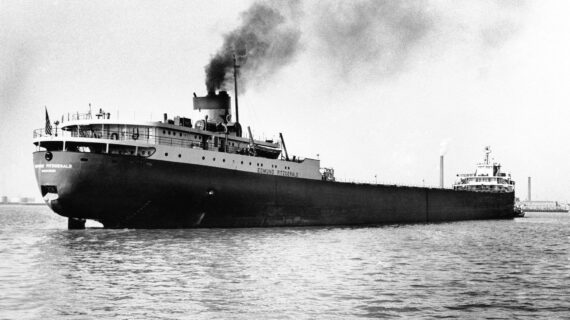
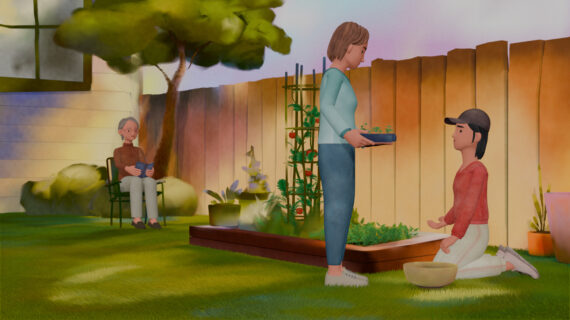
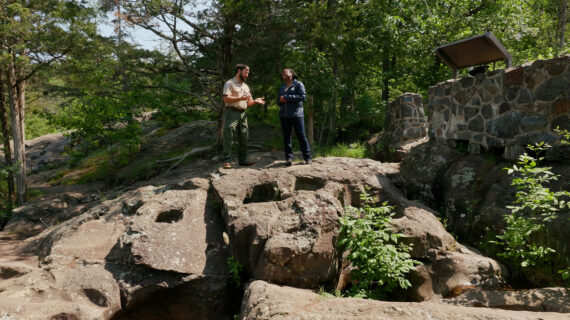
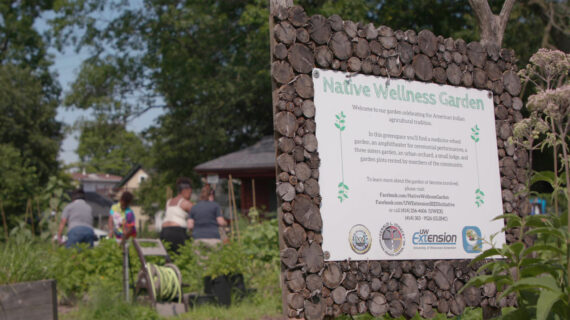


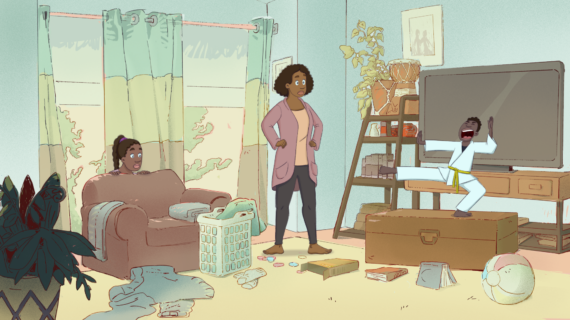
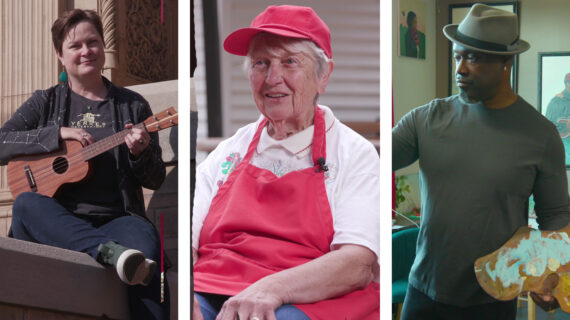
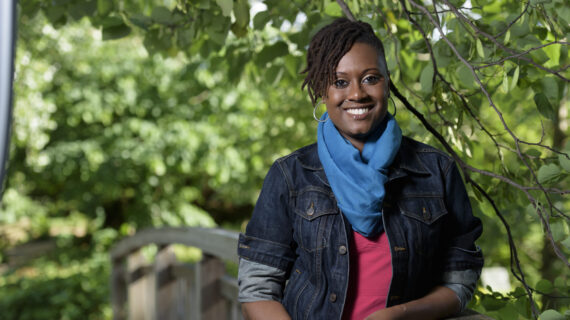
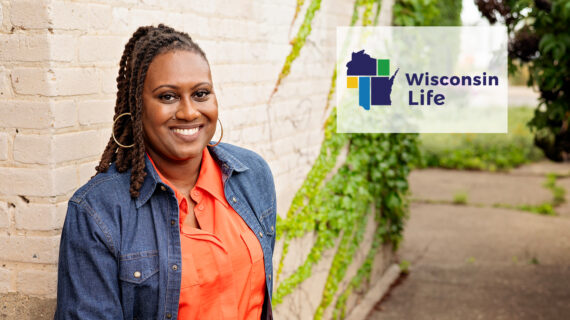
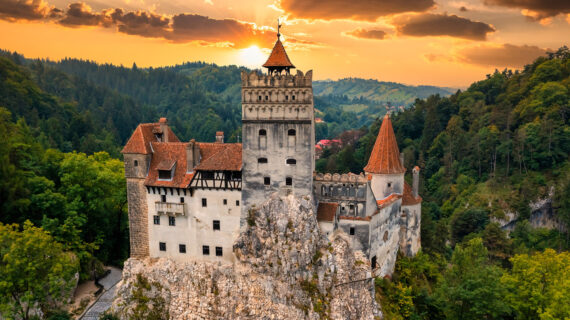

Follow Us